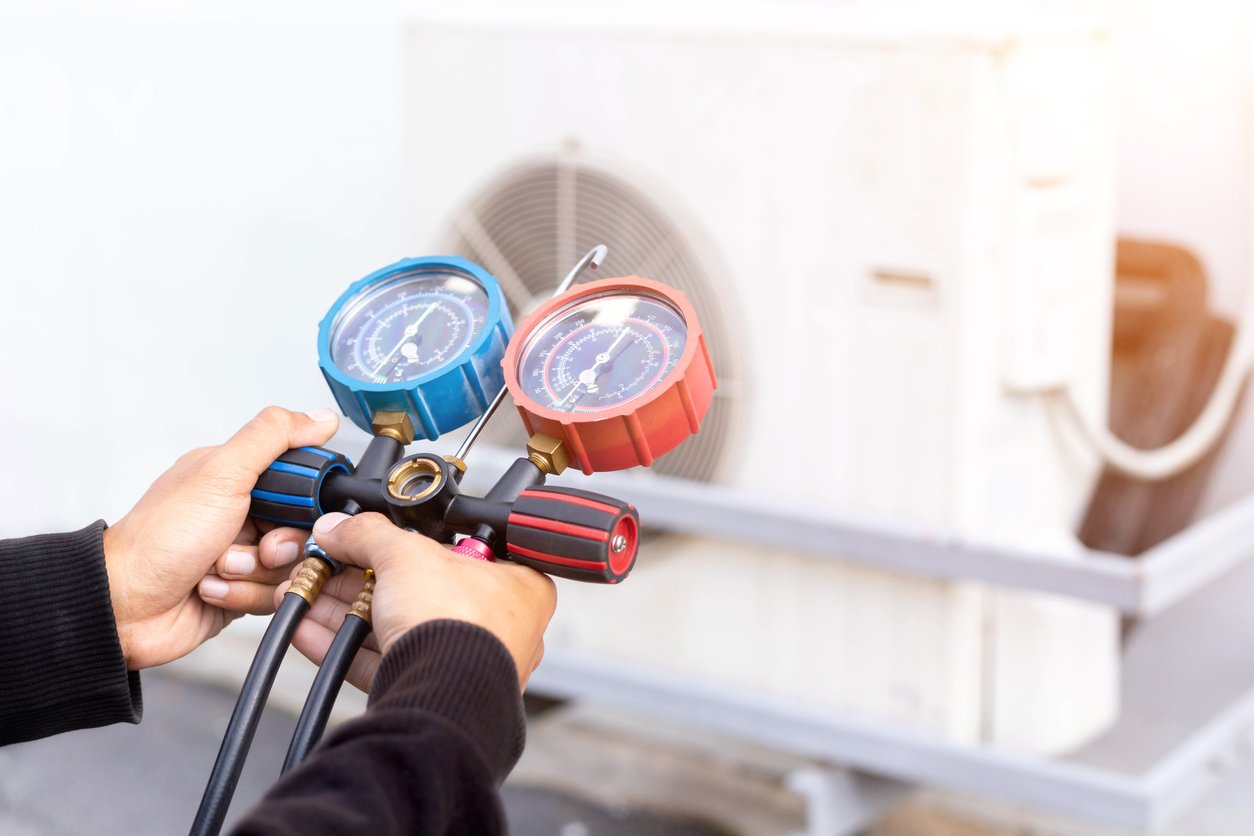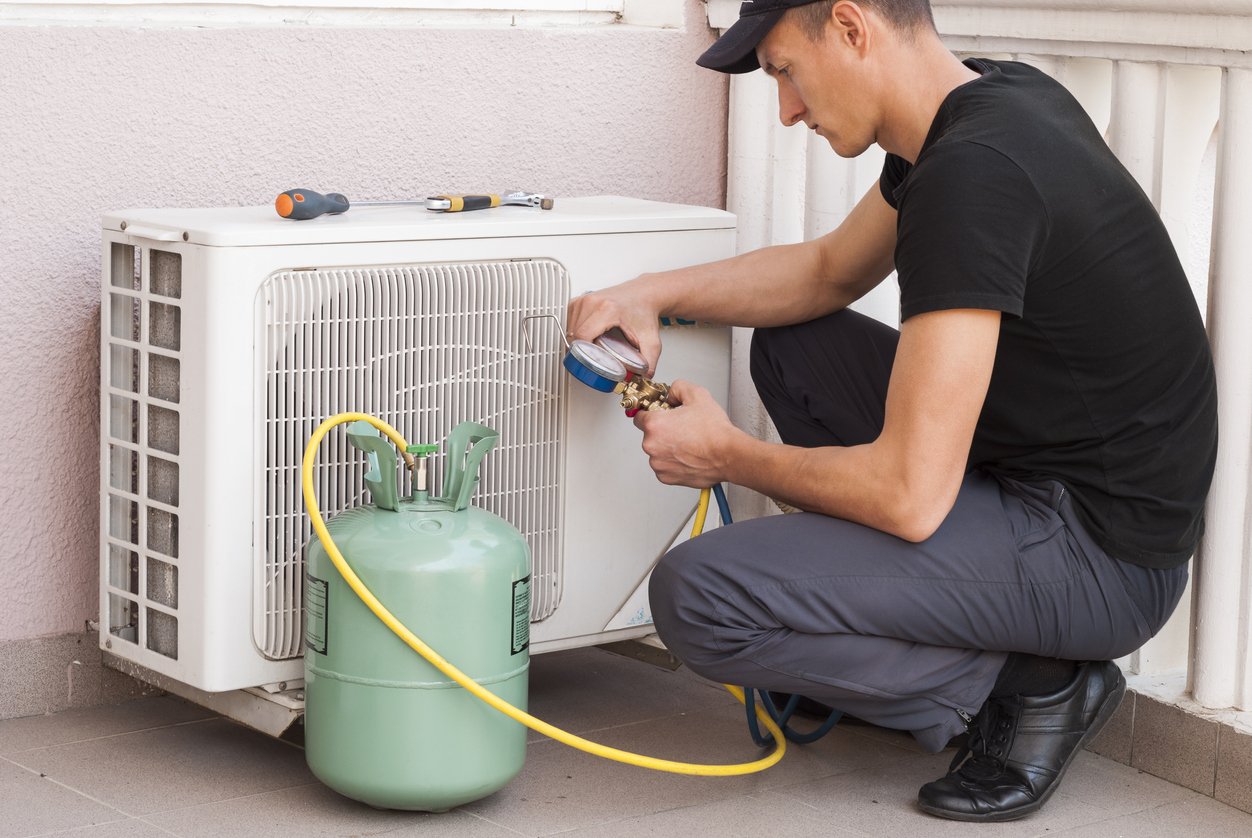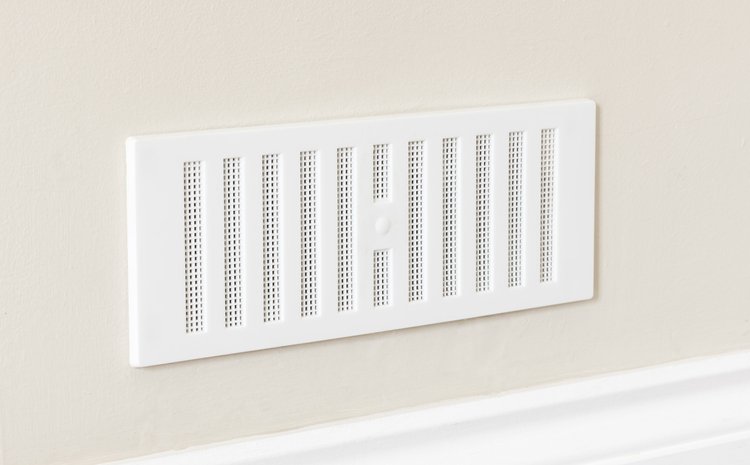AC and plumbing share an important connection that many homeowners may be unaware of. Reducing indoor humidity by condensing water vapor from the air makes an air conditioner function more efficiently and cools the house more effectively. A central air conditioner may generate up to 20 gallons of condensate daily. If anything goes wrong in that process, the relationship between AC and plumbing quickly becomes very obvious.
All that condensate has got to go somewhere. Your air conditioner typically handles it like this:
Warm humid indoor air passes through the frigid, indoor AC evaporator coil. The sudden temperature drop causes humidity present in the air to condense into water.
Condensation generated by the evaporator coil drips down into a drain pan that's typically located underneath the coil.
As the drain pan fills, condensate flows out of the pan through a drain pipe. The drain pipe may extend through an exterior wall and release condensate outside. Alternatively, the condensate drain pipe may connect to the main household plumbing drain.
As long as nothing goes wrong, this process continues without incident. However, if algae or mold growth forms in the condensate drain pan, or other objects fall into the pan, the drain line may become clogged, creating a problematic issue between AC and plumbing. As the air conditioner cycles on and off and more water enters the drain pan, eventually the pan overflows. By the time this is noticed, substantial indoor water damage may have occurred.
Prevention is the best recourse to avoid potential water damage due to AC condensate overflow.
Schedule annual preventative maintenance on your air-conditioning system by a certified HVAC technician. This provides a systemwide inspection, as well as preventative maintenance procedures, including inspecting the condensate drain system for clogs or other malfunctions.
Treatment includes cleaning the drain pan to kill algae and mold, as well as verifying that the drain line is clear.
Another available option is installing a float safety switch that prevents overflow by shutting down the air conditioner if the drain pan fills up.
For more information about potential problems with the connection between AC and plumbing, talk to the experts at Air Assurance.









